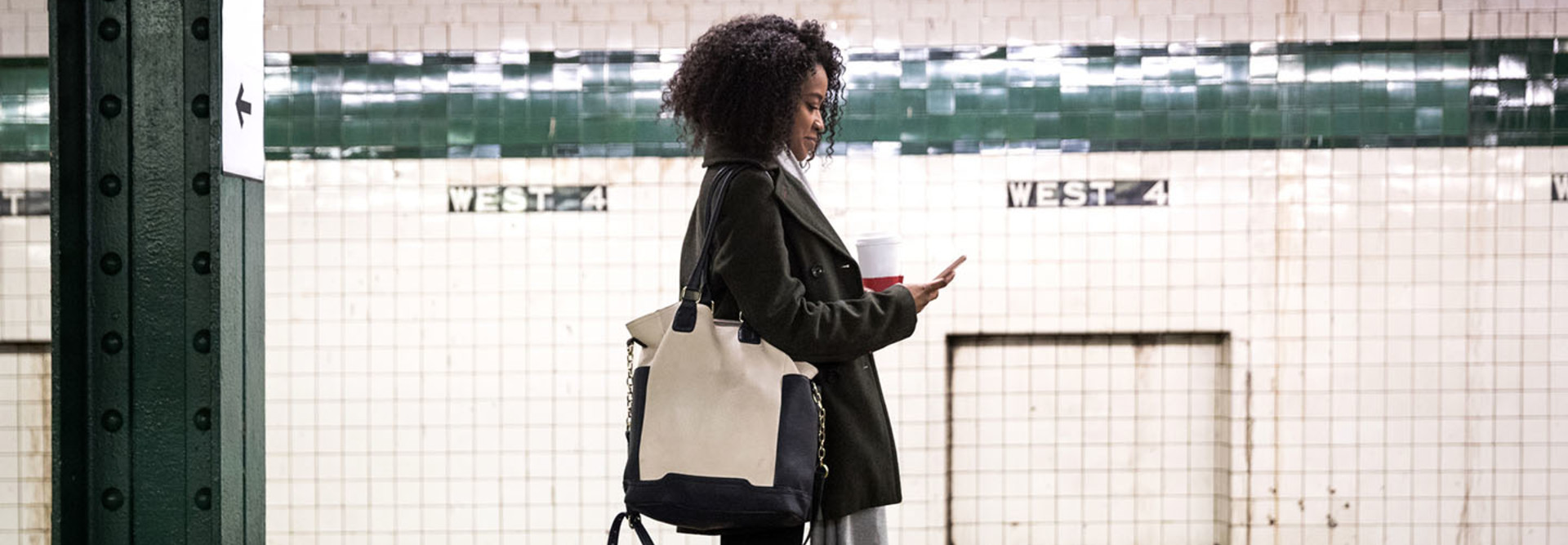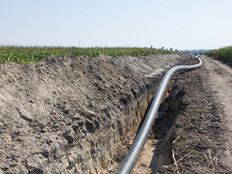Public Transit Wi-Fi Fuels Larger Smart City Build-Outs
Odds are, your city’s buses, subways and trains are already outfitted with Wi-Fi. In fact, with nearly 80 percent of Americans carrying smartphones, transit districts such as the Chicago Metra, the Minnesota Valley Transit Authority, Massachusetts Bay Transportation Authority, Des Moines Area Regional Transit Authority and more have workable high-speed wireless connectivity up and running for their riders.
But mass transit Wi-Fi isn’t just about surfing the web. “Connected transportation is much more than simply adding Wi-Fi to buses or subway stations,” Cisco’s Michelle Maggiore wrote in a recent column for StateTech. “It is a necessary step to adding safety and efficiency to citizens’ travels through a city.”
And, in fact, many cities now outfitted with Wi-Fi solutions are using the capability as a springboard for larger initiatives that can improve the rider experience, make streets safer through intelligent transportation solutions and even lay the groundwork for smart city build-outs.
SIGN UP: Get more news from the StateTech newsletter in your inbox every two weeks
New York Taps Wi-Fi to Expand Tracking Capabilities
New York City’s Metropolitan Transportation Authority, for instance, launched a project with Transit Wireless in 2011 to outfit all 278 underground subway stations with Wi-Fi. In tandem with the rollout, which was completed in January 2017, the MTA also wanted to provide riders with the ability to access train arrival information in the station.
Building off of the growing Wi-Fi infrastructure, the MTA worked with Piper Networks to implement proximity beacon technology that tracks the location of each subway train, a blog post from Piper Networks notes.
How does the Internet of Things solution work? The blog post explains:
The IoT solution works by installing four high-performance BLE (Bluetooth Low-Energy) beacon transmitters on the first and last cars of each New York City subway train. As the trains pass through the stations, Piper’s receivers placed within Transit Wireless Wi-Fi access points at either end of the station, pick up the signal and forward the data securely to MTA’s servers. There, the data points are calculated and shared with MTA’s iTrack location software to pinpoint train location and trigger the arrival information displayed on the LCD screens in the stations.
Over the next few years, the MTA will work to expand the capability to all 269 lettered-line subway stations and for all 3,600 buses, ultimately offering a better rider experience throughout the city.
“With this new and updated technology, we’ll help ensure riders have the information they need to get where they need to go,” New York Governor Andrew Cuomo said in a statement in 2016.
KC Streetcar Lays the Groundwork for Smart Growth
Kansas City is building a “smart city corridor” that ultimately aims to improve the lives of residents through technology. To launch and test many of these capabilities, the city is calling on its KC Streetcar service to act as a “smart city laboratory” and jump-start much of the digital infrastructure necessary to foster economic growth and reverse population decline downtown.
The city has installed Wi-Fi hubs, sensors and other technology along the 2-mile-long route of the streetcar, as well as powerful fiber underneath the tracks. It is using that connectivity to bring high-speed internet to businesses and residents downtown, as well as collect data from 54 blocks worth of sensors that inform city services. The sensor data is pooled into a cloud service that is used to inform everything from pothole prediction to crime and economic analysis.
“All of this was about demonstrating the possibilities of what public transportation can be, how we can leverage transit investment, and how we could create an experience that was bigger than just the transportation service itself,” Tom Gerend, executive director of the Kansas City Streetcar Authority, told StateTech.
The initiative is expected to pay off in spades, representing $2.2 billion in economic growth over the next five years, officials predict.
And, indeed, the more that transit authorities think tactically about what they want to achieve with their mass transit connectivity, the more ROI they’ll see and the more they will be able to achieve for their city in the long run.
This article is part of StateTech's CITizen blog series. Please join the discussion on Twitter by using the #StateLocalIT hashtag.










